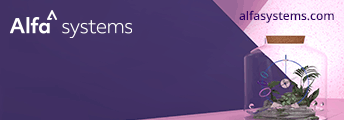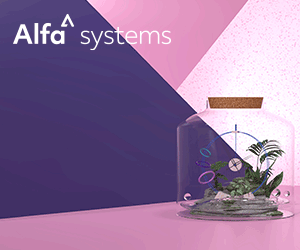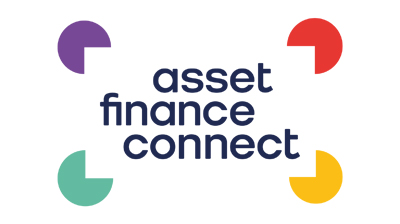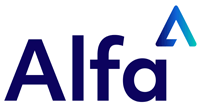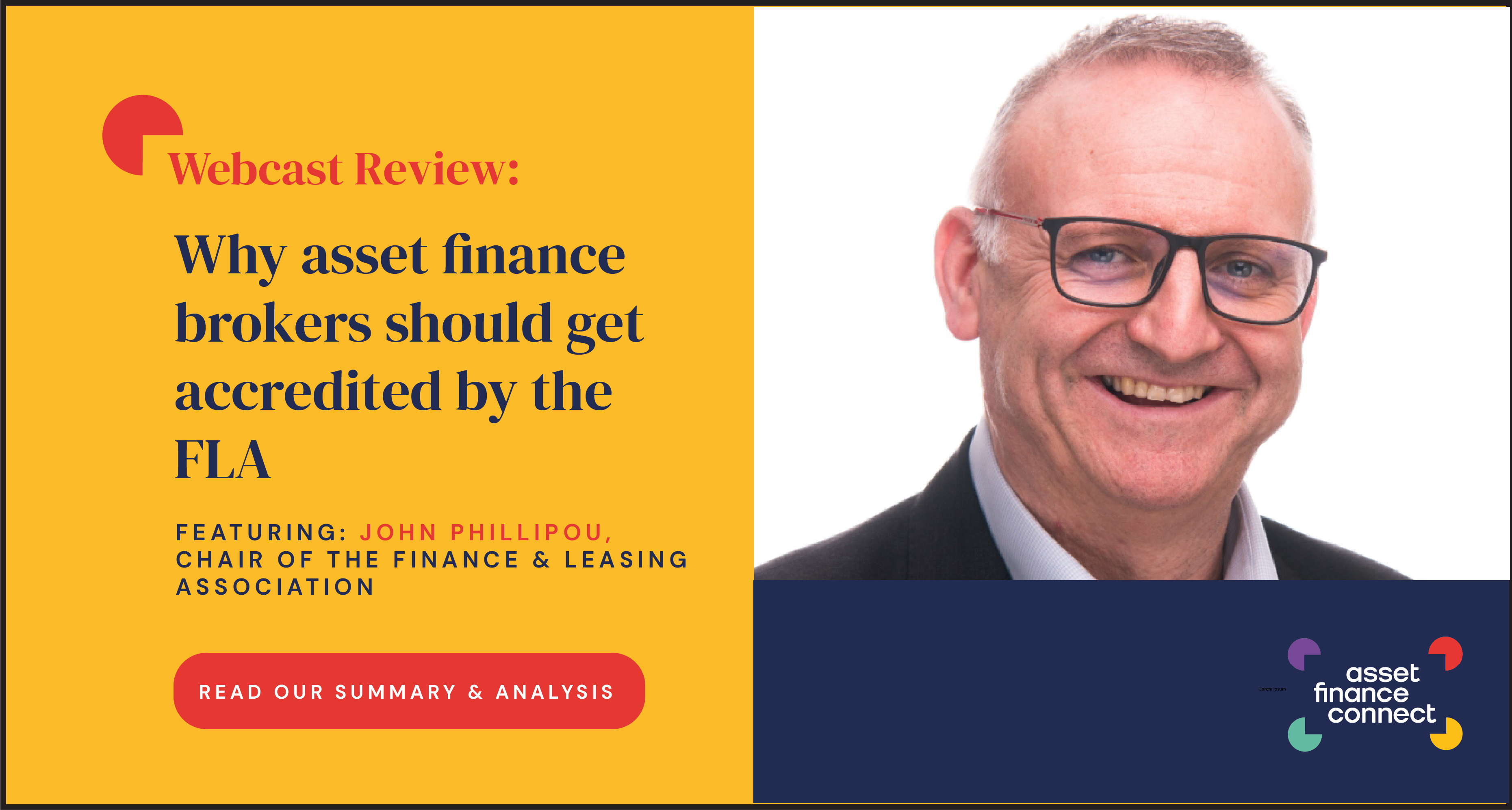In The Future of Financing Advanced Energy Efficient Building Equipment, a new report by the US Equipment Leasing & Finance Foundation (ELFF), the Foundation defines investment in energy efficiency as “the investments needed to implement energy efficiency retrofits and upgrades”.
Historically, energy efficiency financing has focused on public sector buildings, comprising federal, state and local government occupied buildings, and universities and hospitals. Yet, the commercial-built environment represents a significant portion of existing building stock and energy consumption, and now the efficiency equipment and services market is turning its focus towards this building sector to try to take advantage of its large, and growing, opportunity.
Financing, and the participation of institutional investors, has been identified as a core element of unlocking the potential of energy efficiency in the commercial sector, but the landscape of tools available to financiers, property owners, and service providers has remained stagnant until recently.
This ELFF report serves as an introduction to this emerging financing opportunity. It specifically focuses on project finance for retrofits in commercial buildings and examines:
• the major drivers and barriers of the industry;
• the latest financing mechanisms; and
• reviews the newest technologies that are moving the building sector towards a more efficient future.
The report stresses: “the energy efficiency market is complex due to factors ranging from complicated accounting structures including on- and off-balance sheet treatments, uncertainty of savings (due to lack of uniform methods for calculation and verification of savings), and perceptions of risk from investors regarding repayment structures and risk allocation, among others.”
The authors include interviews with industry experts in efficiency financing and technologies, aims to act as an initial guide for financial institutions and investors looking to participate in the evolving energy efficiency financing market.
"Traditionally, secured lending has been the prevailing model in the equipment leasing industry for implementing energy efficiency retrofits without incurring large capital expenditures from the outset of the project by spreading the cost of payments across the life of the contract.
"Secured lending can either take place in the form of a capital lease or operating lease, which are differentiated by accounting treatments and tax allowances. While the new financing models outlined in the report have been created to address the barriers hindering the commercial building market from wide-scale efficiency adoption, traditional secured financing continues to be the most widely accepted financial model for the equipment leasing industry to date.
"Although new financial models have been created to encourage more private investment in the market, investors and building owners/operators alike remain reluctant to engage with project financing characterized by unfamiliar contract and repayment structures, uncertain energy savings, unproven credit quality, longer contract terms, and new technology types.
"At present, a mixture of public and private debt and equity investments is being used to catalyze the industry and make way for more private investment. Yet, as the market realizes the potential opportunity, efforts to educate and address investors’ and building owners’ uncertainties are gaining steam, and we predict that these markets will soon turn a corner and grow rapidly."
The full report is available for download in the Equipment Leasing & Finance Foundation’s Online Library. Visit www.store.leasefoundation.org for publication information.

